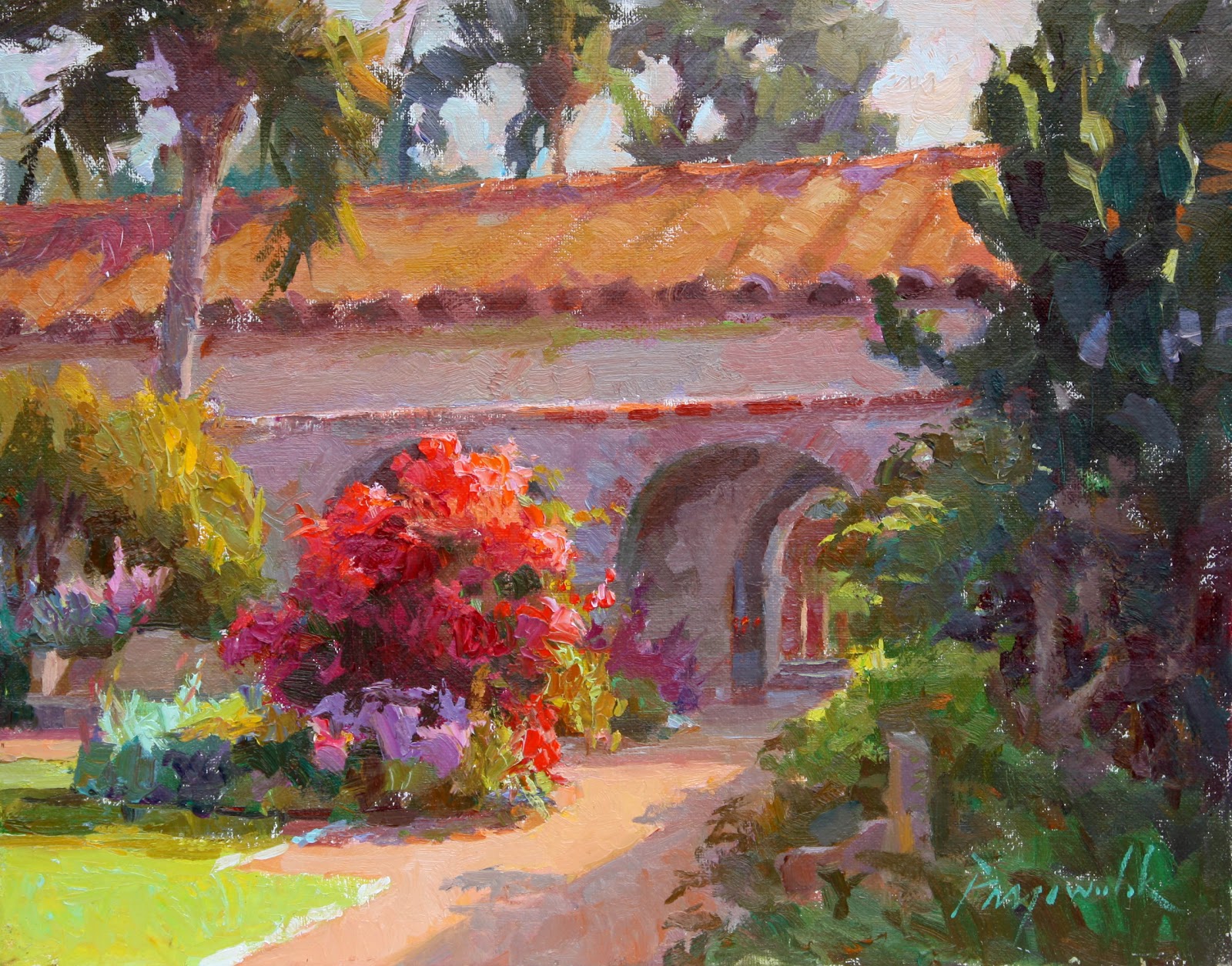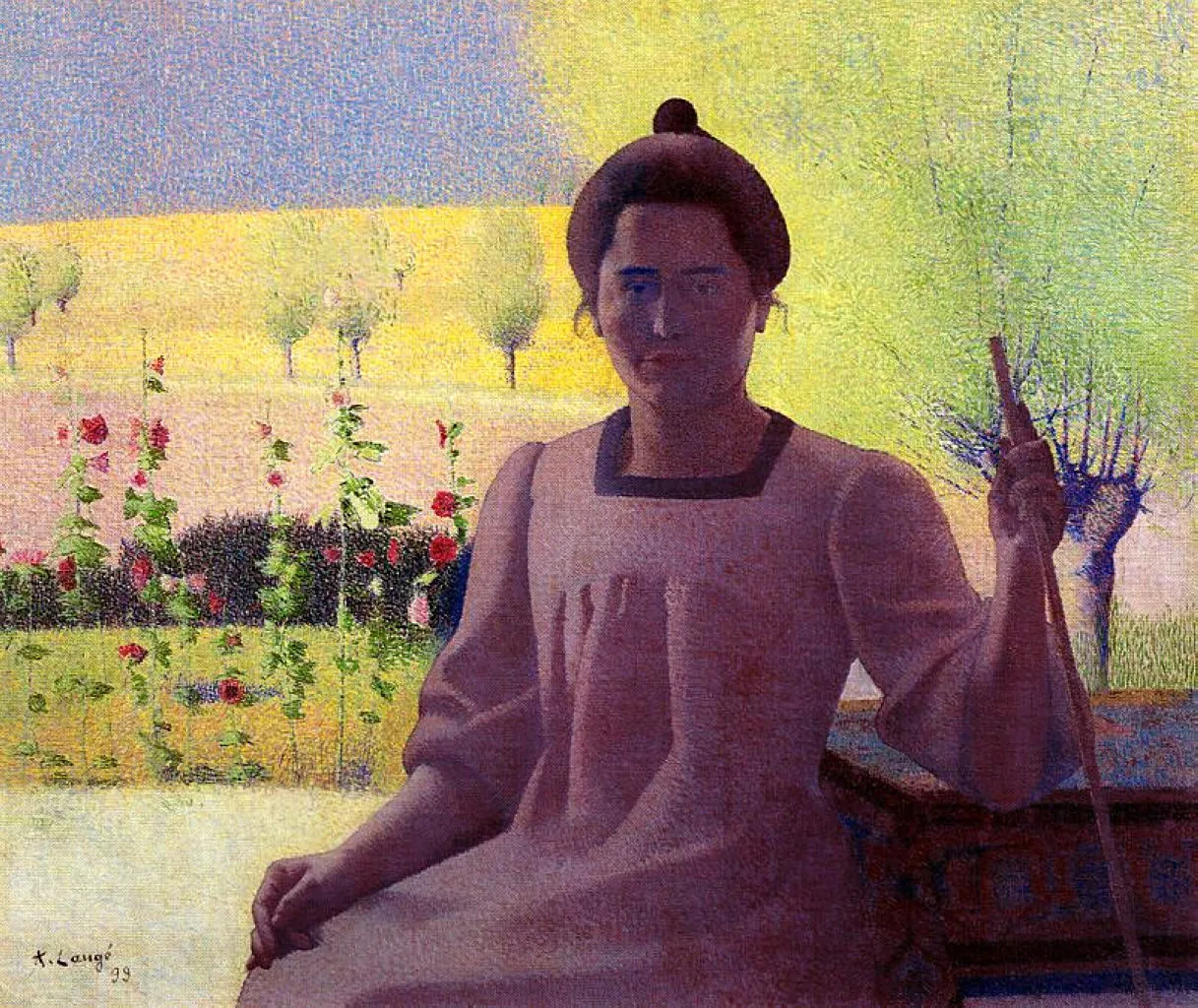Salvator Rosa (1615 - March 15, 1673) was an Italian Baroque painter, poet and printmaker, who was active in Naples, Rome and Florence.
As a painter, he is best known as "unorthodox and extravagant" as well as being a "perpetual rebel" and a proto-Romantic.
He was born in Arenella, at that time in the outskirts of Naples, on either June 20 or July 21, 1615.

















